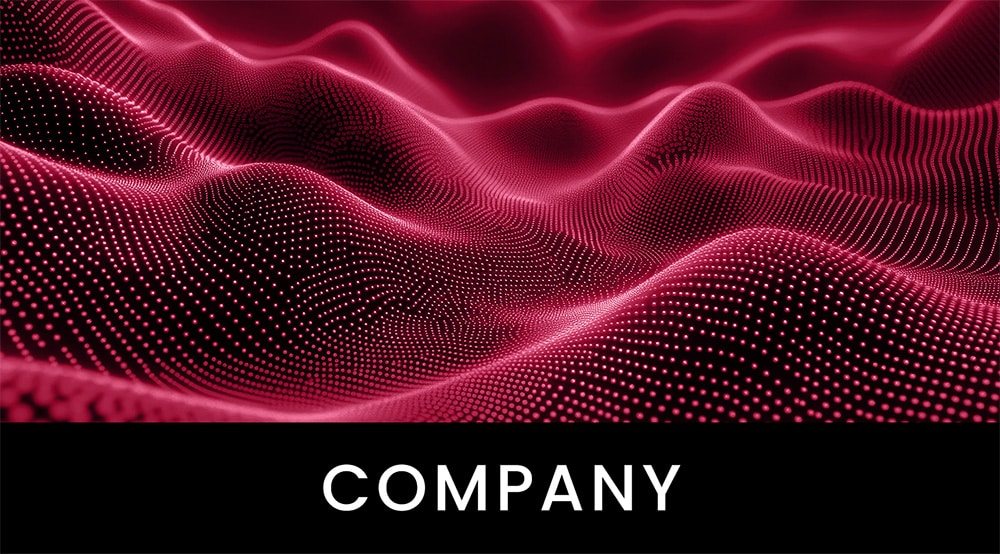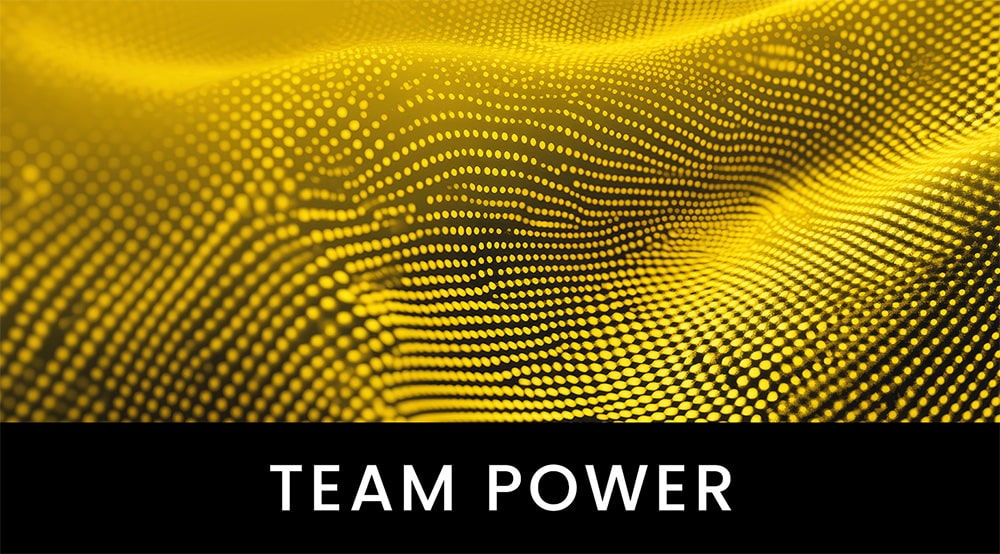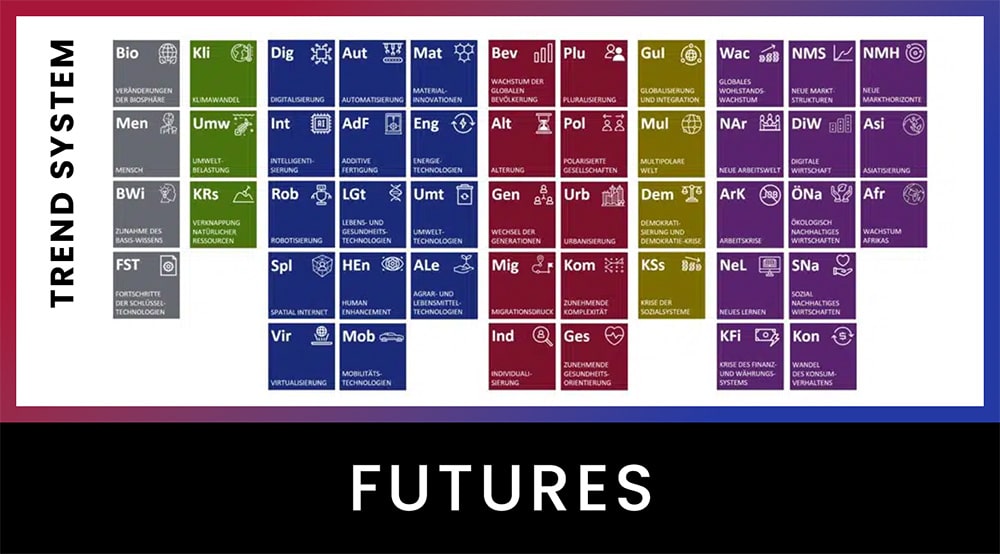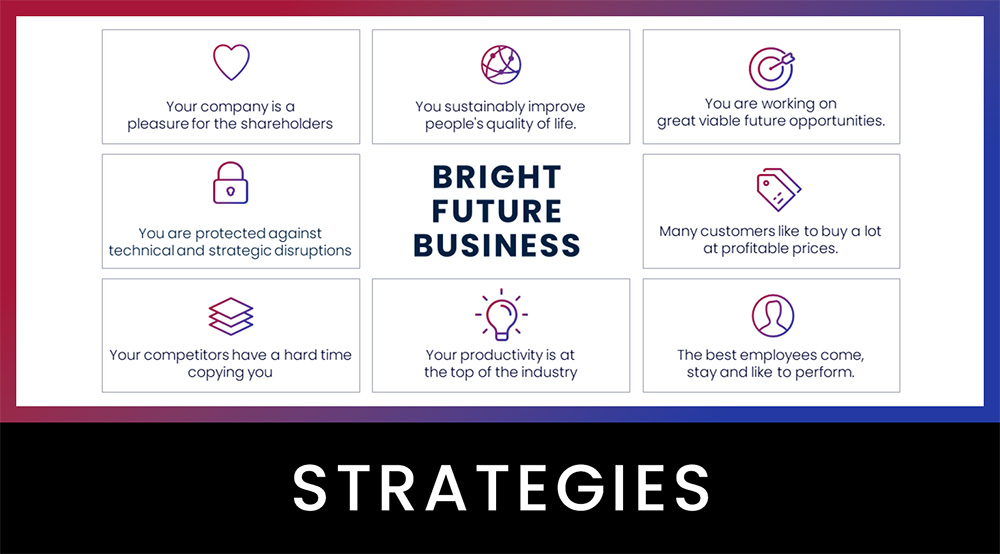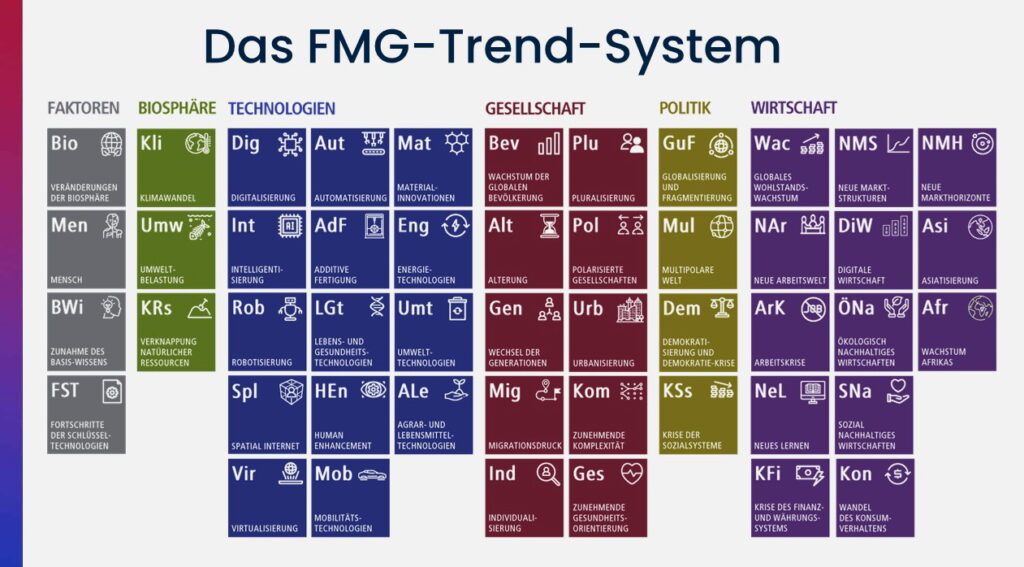Robotization megatrend
From the FMG Trend System: For your future-proof company
Robotization as a driver of change
Robots are increasingly taking on tasks that were previously reserved for humans. They work faster, more precisely and without fatigue – around the clock. The robotization megatrend is therefore not only changing the production halls of large industrial companies, but is also penetrating deep into everyday life: in logistics, healthcare, retail, agriculture and even in private households. Advances in artificial intelligence, sensor technology, mechanics and control systems are enabling machines to act autonomously or cooperatively, analyze their environment and react to changing conditions. Robotization creates new efficiency potential, but also raises new questions: about jobs, qualifications and human-machine collaboration. Companies that strategically deploy robots at an early stage secure not only technological but also structural advantages. To the overview of all megatrends
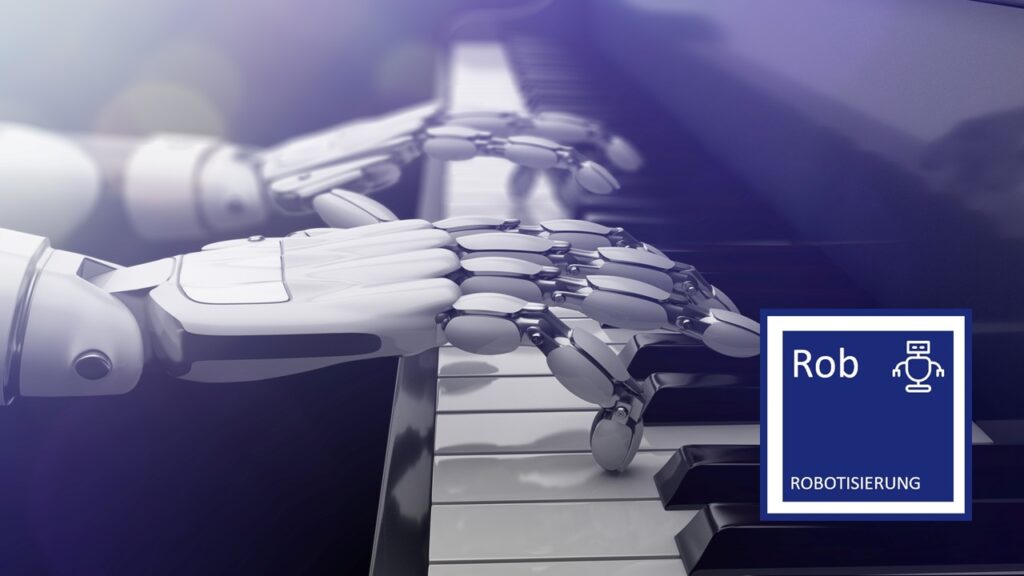
What does robotization mean for companies?
Robotics is no longer a niche topic. It is a strategic tool for increasing efficiency, scaling and reducing costs – and increasingly also for solving the shortage of skilled workers. Robots relieve employees of repetitive or dangerous tasks, make services available around the clock and dramatically reduce error rates. New competitive opportunities are emerging, particularly in SMEs, thanks to automated value creation, shorter response times and innovation-driven differentiation. It is crucial to recognize at an early stage which robotics technologies fit your own business model – and how they contribute to securing the future.
- Alongside human motives, robotization and other technologies are the strongest trends driving change. We use our tools to shape the world, mostly to our advantage.
- The robotization megatrend is just one of many that could be relevant for the future of your business.
- In addition to megatrends from the biosphere, society, politics and the economy, FMG’s trend system also includes the drivers that trigger trends such as robotization, the future factors. To the overview of all megatrends
Four key developments in robotization
1. (Partially) autonomous systems
(Semi-)autonomous systems perform tasks with no or minimal human intervention. They are adaptive, sensor-based and increasingly predictive – in production, logistics, vehicle technology and agriculture.
(Semi-)autonomous systems analyze their environment using sensors and machine vision and carry out defined tasks independently.
Unmanned aerial vehicles (UAVs) operate for reconnaissance, logistics or firefighting – usually in places where people would be at risk.
Autonomous transport systems (AGVs/AMRs) move independently through warehouses and production halls and optimize material flows.
Autonomous agricultural machinery works fields precisely and energy-efficiently, regardless of the weather.
Autonomous vehicles are revolutionizing transport and mobility models – from delivery robots to driverless shuttles.
2. collaborative robotics (cobots)
Cobots are designed to work directly with humans – not shielded, but in a shared workspace. They learn from their environment and complement human skills with strength, precision and repeat accuracy.
Collaborative robots (cobots) recognize obstacles and switch off automatically to enable safe collaboration.
Adaptive gripping systems adapt flexibly to changing objects and expand the range of applications for cobots.
Low-code programming also enables smaller companies to start up quickly without specialist knowledge.
Lightweight robots combine mobility with sensor technology for precise tasks in medicine, assembly or research.
Mobility cobots move actively with people through rooms – e.g. in warehouses or care facilities.
3. remote-controlled systems
Remote-controlled systems offer human control at a safe distance. They are used where risks are high or precision is crucial – in medicine, the military, industry and space travel.
Telerobotics transfers human movements to a remote robot – for example during operations or underwater missions.
Remote manipulators are used for maintenance work in hazardous environments – e.g. in nuclear power plants or chemical plants.
Remote-controlled drones are used for observation, surveying or surveillance from the air – both civil and military.
Remotely Operated Vehicles (ROVs) are cabled underwater vehicles for deep-sea research or offshore maintenance.
Telepresence robots enable people to be virtually present in remote rooms – e.g. in meetings or for distance learning.
4. humanoid robots
Humanoid robots resemble the human body and mimic human movement and interaction. Through the integration of advanced technologies such as artificial intelligence (AI) or the Internet of Things (IoT), humanoid robots will increasingly have self-learning capabilities, meaning they will be able to perform an ever wider range of tasks autonomously.
-
Service robots take over recurring or strenuous tasks in the hotel, cleaning, logistics or healthcare sectors.
-
Personal robots help private individuals in the household, with communication or with caring for the elderly.
-
Smart humanoid robots imitate human movement and speech to enable emotional interaction – e.g. as reception assistants or entertainers.
-
Care robots assist with mobility, hygiene or administering medication and relieve the burden on nursing staff.
-
Robot scientists carry out automated laboratory processes – from the hypothesis to data analysis.
-
Robot companion systems are developing as emotional companions that enable social contact or alleviate loneliness.
Conclusion: targeted use of robotization
- For SMEs, the robotization megatrend is not an abstract future topic – robots are more than just machines, they are productive partners in a company’s success.
- Especially in times of labor shortages and demographic change, robotics creates sustainable solutions.
- Megatrends are often too obvious. You need to look deeper and analyze smaller trends. This is where potential threats and, above all, opportunities for your business lie. Only then will you have the chance to build a competitive advantage.
- With the Future Radar Program, you can identify which aspects of robotics are really relevant for your business and how you can develop strategic advantages from them.

